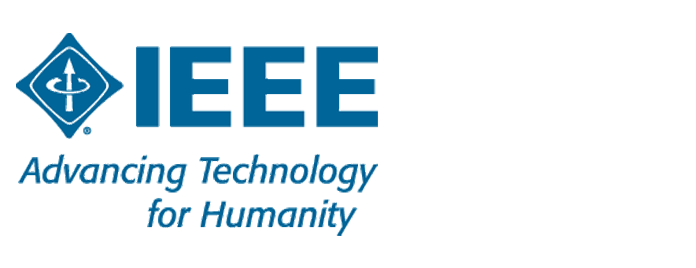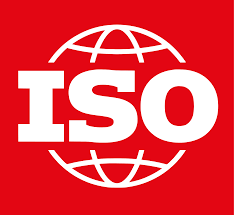IEEE P1931.1 - Standard for an Architectural Framework for Real-time Onsite Operations Facilitation (ROOF) for the Internet of Things
This standard defines an architectural framework, protocols and Application Programming Interfaces (APIs) for providing Real-time Onsite Operations Facilitation (ROOF). ROOF computing and networking for the data and the devices include next-hop connectivity for the devices, real-time context building and decision triggers, efficient backhaul connectivity to the cloud, and security & privacy. This standard covers interoperability, collaboration and autonomous operation of an Internet of Things (IoT) system with computing required for context building, security, access control, data storage, data aggregation and ability to choose different cloud and application service providers. Furthermore, this standard defines how an end user is able to securely provision, commission and decommission the devices. This standard leverages existing applicable standards and is complimentary to architectural frameworks defined in broader IoT environments.



